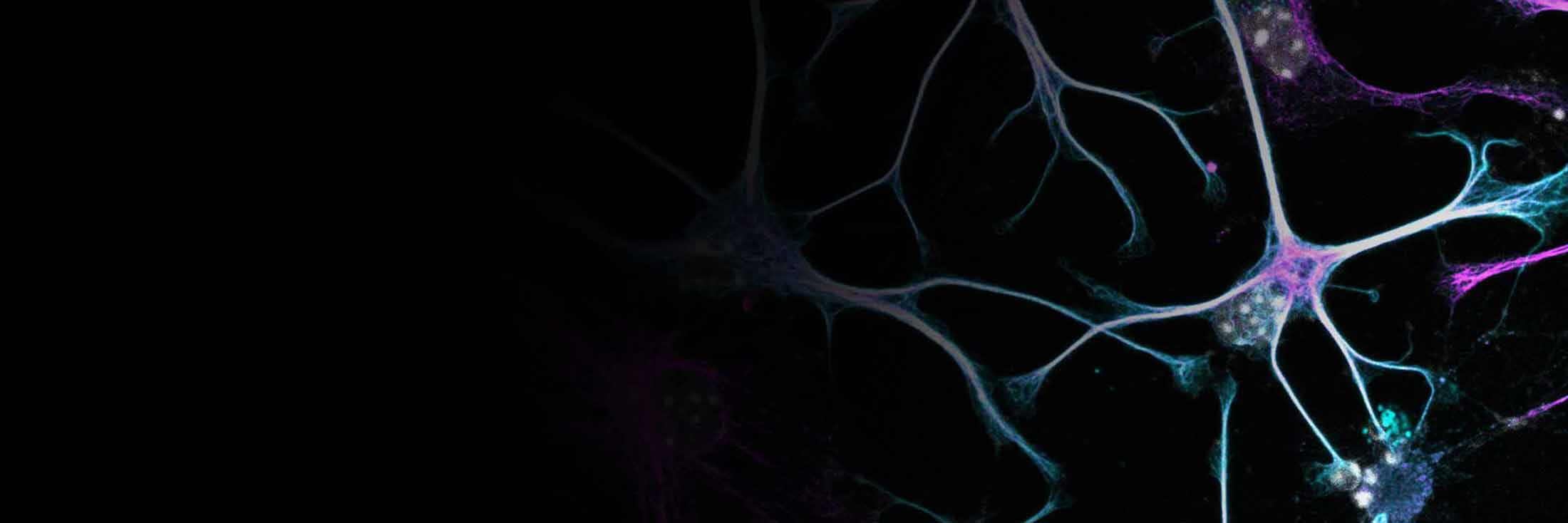
OPTICAL COHERENCE TOMOGRAPHY (OCT)
Optical coherence tomography (OCT) is a non-invasive imaging technique that uses light to create high-resolution images of biological tissues by detecting back-scattered light and using an interferometer to reconstruct the images based on refractive indices. It is particularly effective for imaging semi-transparent or transparent layered structural imaging. OCT has become widely accepted in clinics for ophthalmic imaging, and its applications are expanding in many other imaging fields. When combined with other imaging techniques, such as Photoacoustic Microscopy (PAM) and Photoacoustic Tomography (PAT), OCT can provide researchers with a powerful tool for tackling new research questions.
Application
– Ophthalmic-, Dermatologic-, Embryoinic-, Angiogenesis imaging
– Quantitative blood flow measurement
– Fast, in vivo, label free
Studies
Phase-stable swept source OCT angiography in human skin using an akinetic source: Biomedical Optics Express, Vol. 7 Issue 8, pp. 3032-3048
Non-invasive multimodal optical coherence and photoacoustic tomography for human skin imaging: Scientific Reports, volume 7, Article number: 17975






